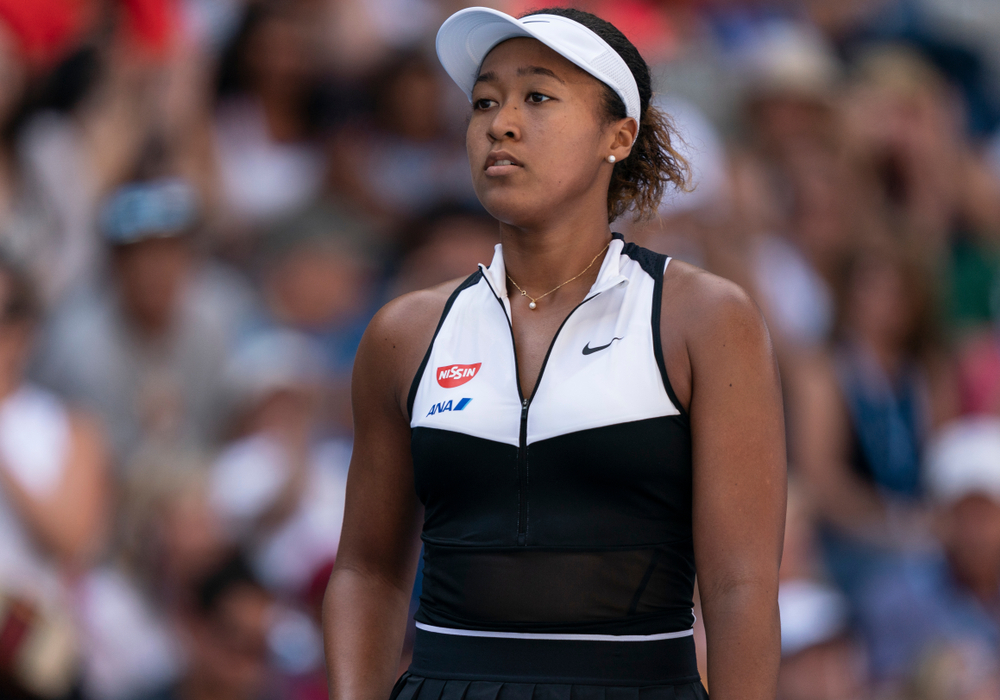Tennis and golf were by far the leading women’s sports when it came to sponsorship growth in 2023/24 according to SponsorUnited, but football is rising fast against the backdrop of an all-time high interest in the women’s game.
The group’s 2023/24 report found that the Women’s Tennis Association (WTA) and ATP Tour – holding joint first place – and Ladies’ Professional Golf Association (LPGA) lead the table significantly.
Respectively, these leagues saw sponsorship value grow by 26% for the WTA and ATF and 25.5% for LGPA, with the duo having amassed over 1,000 sponsorship deals each. The WTA clinched 1,080 deals and the LPGA secured 1,100.
Both tournaments were able to secure over 200 deals each in 2023 alone to reach this impressive 1k mark – the number of sponsorships held by the WTA rose by 275 from 2022 to 2023 and the number by the LGPA rose by 223 in the same time period.
Given the high-profile many women’s tennis players have and the level of interest the sport’s tournaments generate – such as Wimbledon, the Australian Open, US Open and so on – it is somewhat unsurprising the sport is a magnet for sponsorship interest.
Women’s tennis players such as Serena Williams, to name perhaps the most widely-known example, have become some of the most famous sportspeople in the world.
More recent rising stars, such as Japan’s Naomi Osaka and Britain’s Emma Raducanu, have built up sponsorship portfolios worth tens of millions.
Meanwhile, golf in general, including both the men’s and women’s games, continues to be a lucrative sponsorship opportunity. In the US this includes deals with the country’s burgeoning betting sector, such as a partnership between BetMGM and the LPGA in 2021.
However, women’s basketball remains a key area of sponsorship interest, with SponsorUnited observing a 7% increase in deals for the WNBA, surpassing 500 agreements for the first time last year.
There appears to be something of a disparity between consumer interest and sponsor interest, according to the report. Although WTA/ATP and LPGA lead the sponsorship leaderboards, internet searches saw the WNBA far ahead.
Of the five most searched North American women’s sports clubs, three were from the WNBA – Chicago Sky, Las Vegas Aces and New York Liberty – and two of the five most searched athletes were also women’s basketball players.
These were NCAA players Angel Reese and Caitlin Clark who both contested in the most-watched women’s NCAA basketball final of all time last April.
This changes when Europe is factored in however, with all five of the of the most searched athletes being WTA/ATP players – Coco Gauff, Sloane Stephens, Aryna Sabalenka, Iga Swiatek and Naomi Osaka – suggesting European interest may be driving the sponsorship growth of women’s tennis.
Tennis’ dominance in the minds of sports consumers, which will have heavily influenced the sponsorship interest in the sport, was also cemented at the global level, with the US Open, WTA Tour, Wimbledon, Australian Open and French Open the most searched tournaments.
Europe did show one other notable divergence from its US sporting counterpart, however, although again an unsurprising change given the difference in preferences seen between the two regions.
This is that women’s football was much more dominant in the minds of European consumers, with Chelsea Women, Manchester City Women, Arsenal Women, Real Madrid CF Women and West Ham United Women the most searched teams.
With four of these five teams being from England’s Women’s Super League (WSL), it is not much of a shock that this league saw an 11% increase in sponsorship activity from 2022 to 2023.
Public interest in women’s football in Europe is at an all time high, boosted significantly by the commercial success of the UEFA Women’s Euro 2022 and the 2023 FIFA Women’s World Cup.
However, with the US being four-time Women’s World Cup victor’s this has also continued momentum for the sport in the country, with the number of sponsorship deals in the NWSL increasing by 18%.
Across the board, there are over 5,500 sponsorship deals active across the full breadth of women’s sports and with consumer and commercial interest not letting up, this is expected to continue at a strong pace in 2024.























